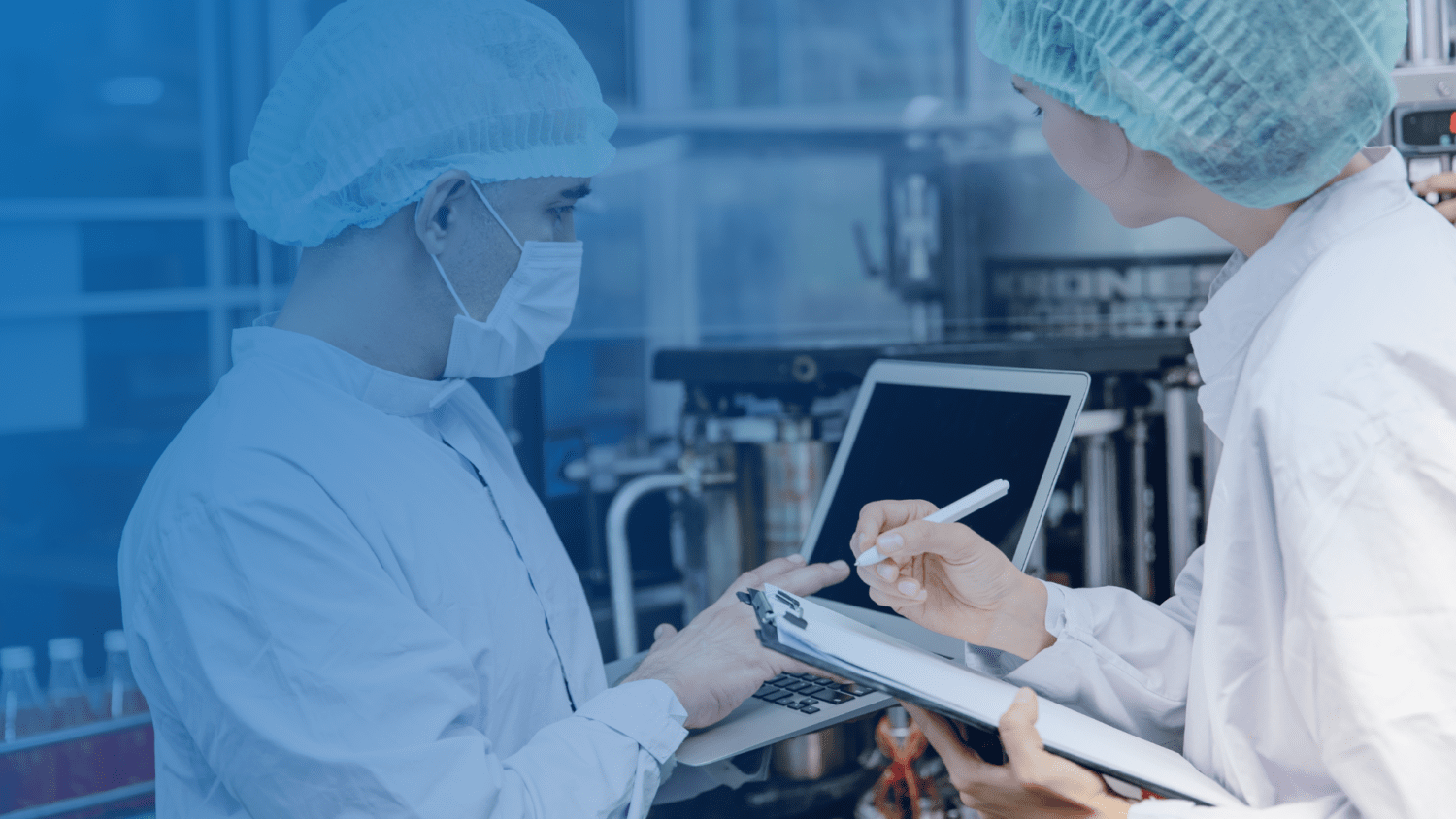
The food and drink industry is a vast and complex sector that encompasses various stages, from production and processing to distribution and consumption. In recent years, the integration of automation and artificial intelligence (AI) technologies has significantly impacted this industry. In this article, we will look at how AI and automation is helping businesses in the food and drink industry.
Automation involves the use of technology to perform tasks and processes with minimal human intervention. In the context of the food and drink industry, automation can encompass a wide range of activities, including food processing, packaging, labelling, sorting, and distribution. Automated systems often rely on sensors, robotics, and computer programs to carry out tasks accurately and efficiently.
Artificial Intelligence (AI) refers to the development of computer systems that can perform tasks that typically require human intelligence, such as problem-solving, decision-making, learning, and language understanding. AI technologies include machine learning, neural networks, natural language processing, and computer vision. In the food and drink industry, AI can be used to optimize supply chain management, predict consumer preferences, improve quality control, and more. Discover how you can get started with AI.
Enhanced Efficiency: Automation and AI can streamline various processes, leading to increased production speed, reduced errors, and improved resource utilization. This can lead to cost savings and higher output.
Consistent Quality: Automated systems can perform tasks with a high level of accuracy and consistency, ensuring that products meet specific quality standards. AI can be used to monitor and control production processes, reducing variations in product quality.
Improved Safety: Certain tasks in the food and drink industry involve working in hazardous environments. Automation can be employed to handle these tasks, ensuring the safety of workers. Robots and AI-powered systems can handle tasks that might be dangerous for humans, such as handling hot or toxic substances.
Data-Driven Insights: AI can analyse large amounts of data to provide valuable insights into consumer preferences, market trends, and production efficiency. This data-driven approach can inform decision-making and help businesses adapt to changing demands.
Personalized Consumer Experiences: AI can be used to analyse consumer behaviour and preferences, enabling businesses to tailor their products and marketing strategies to individual customers. This personalization can lead to increased customer satisfaction and loyalty.
Waste Reduction: Automation can optimize processes to reduce waste in the production and distribution of food and beverages. AI can predict demand more accurately, reducing overproduction and minimizing food waste.
Supply Chain Optimization: AI can be used to optimize supply chain logistics, ensuring efficient transportation, distribution, and inventory management. This can lead to reduced costs and improved delivery times.
Innovation and Product Development: AI can assist in the development of new food and drink products by analysing trends, suggesting ingredient combinations, and predicting consumer acceptance.
While the benefits of automation and AI are substantial, there are also challenges to consider, including initial investment costs, potential job displacement, data security and privacy concerns, and the need for specialized expertise to implement and maintain these technologies.
Data management, understanding customers, quote creation and many more processes can be challenging for businesses, but it does not have to be. With the implementation of TEB Apps complicated processes are made easy with advanced automation technology. Save time and boost efficiency with:
Report generation – Generate reports with the click of a button to pinpoint the data you need and get accurate forecasts for the future.
Automate your processes – Quote creation, lead assigning, data inputting and more can all be automated to save countless hours of manual work and allow your team and allow you to focus on alternative tasks.
Understand your customers – View your customers' buyer journey in the form of easy-to-follow storyboards, and identify which customers are hot leads in your sales funnel to focus your attention on the most valuable opportunities.
Track your progress live – Real-time data tracking lets you stay connected to how your team is performing and how many sales are being won at all times.
Want to see these features and more? Book a demo at a time that suits you and we can run you through exactly how TEB will help you scale your business.